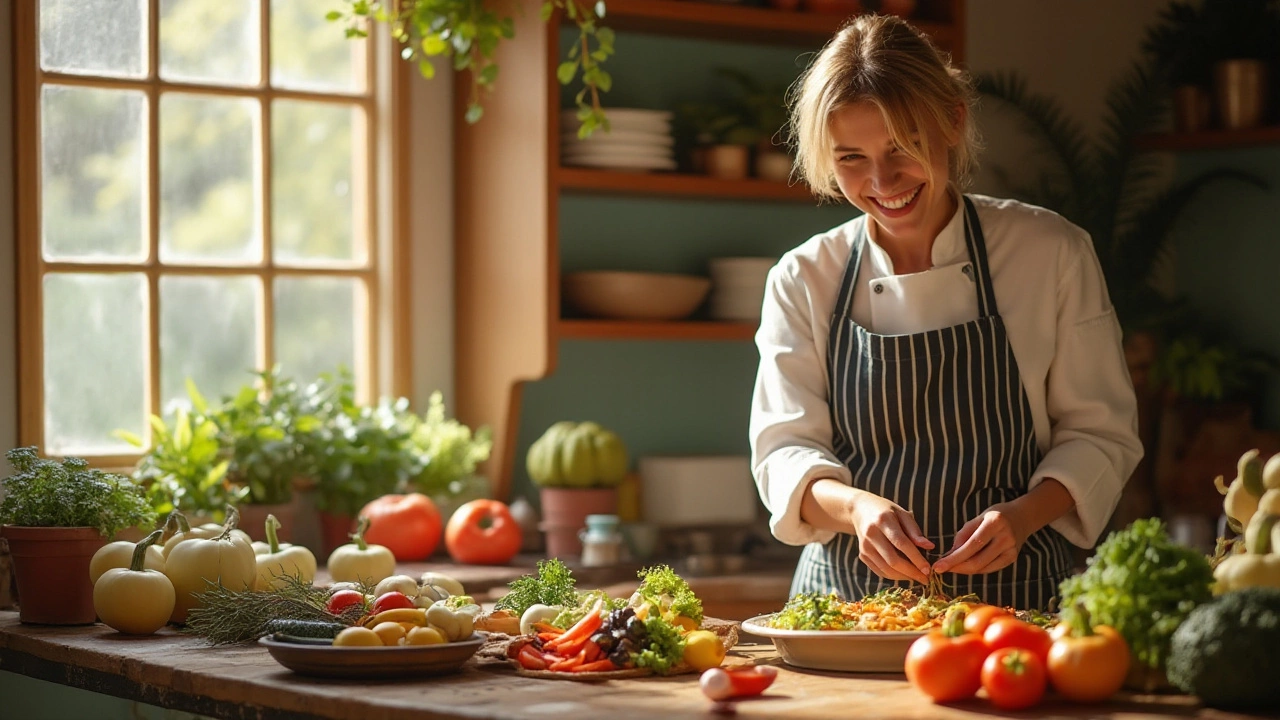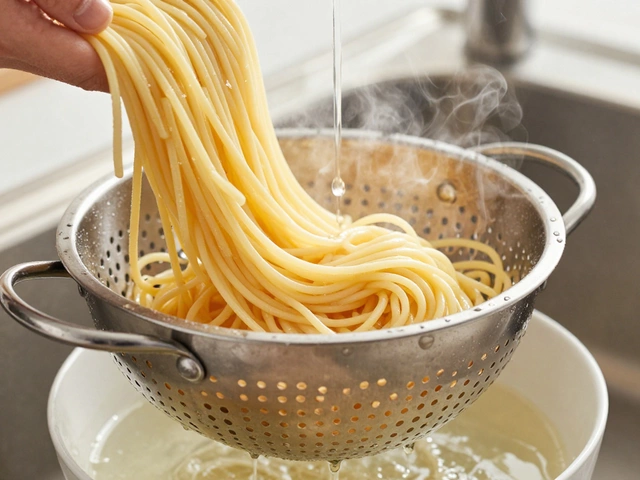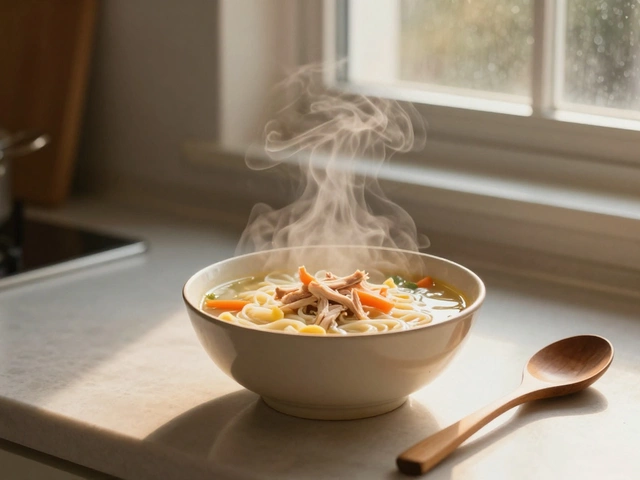Vegetarian Diet: Quick Start Guide
If you’re thinking about cutting meat out of your meals, you’re not alone. A vegetarian diet can boost your energy, lower your grocery bill, and keep your heart happy. The good news is you don’t need a culinary degree or exotic ingredients to get started. Let’s break down the basics so you can feel confident about making the switch.
Why Go Vegetarian?
Studies show that people who eat more plants tend to have lower cholesterol, steadier blood sugar, and a slimmer waistline. Plant foods are also packed with fiber, which helps digestion and keeps you full longer. Beyond health, choosing vegetables, beans, and grains reduces your environmental footprint because plant production uses less water and land than meat farms.
Building a Balanced Plate
The key to a healthy vegetarian diet is variety. Aim for three food groups at each meal: protein, whole grains, and colorful veggies. Good protein sources include lentils, chickpeas, tofu, tempeh, and Greek yogurt. Pair them with brown rice, quinoa, or whole‑wheat pasta for carbs, and add a side of roasted carrots, spinach, or bell peppers for nutrients and flavor.
Don’t forget healthy fats. A drizzle of olive oil, a handful of nuts, or a slice of avocado adds creaminess and helps absorb fat‑soluble vitamins like A, D, E, and K. If you’re new to cooking, start with a simple stir‑fry: saute garlic, add mixed veggies, toss in cooked beans, splash soy sauce, and serve over quinoa. It’s fast, cheap, and covers all the bases.
Vitamin B12 can be tricky because it’s mostly in animal products. Look for fortified cereals, plant milks, or consider a supplement. Iron from plants isn’t absorbed as well as from meat, so combine iron‑rich foods (spinach, lentils, pumpkin seeds) with vitamin C sources (tomatoes, citrus) to boost uptake.
Meal planning saves time and money. Pick two‑three core recipes for the week—like a veggie chili, a chickpea curry, and a Mediterranean grain bowl—and rotate them. Cook big batches, store in the fridge, and reheat when you’re hungry. Your grocery list will shrink, and you’ll avoid the “what’s for dinner?” panic.
Finally, keep it enjoyable. Experiment with spices you love—cumin, turmeric, paprika, garam masala—to make plant dishes exciting. Join a local cooking class or follow a YouTube channel for fresh ideas. The more you try, the easier it becomes to stick with a vegetarian lifestyle.
Ready to give it a go? Grab a bag of lentils, a box of brown rice, and a few fresh veggies. In under an hour you’ll have a nutritious, satisfying meal that proves you don’t need meat to eat well. Happy cooking!

What Happens to Your Gut When You Stop Eating Meat?
by Landon Weathers / 20 Jun 2025Curious about your gut if you ditch meat? This article uncovers the real changes your gut goes through after going vegetarian. It covers how your digestion, gut bacteria, and even your bathroom habits can shift. You'll get science-backed facts, plus easy tips to keep your gut happy on a meat-free diet. Perfect for anyone thinking about making the switch or just wanting to understand their insides a bit better.

Do Vegetarians Eat Eggs? Understanding Choices and Recipes
by Landon Weathers / 9 May 2025Ever wondered if vegetarians can eat eggs? This article cuts through the confusion and explains what different types of vegetarians really eat. You'll learn about the egg debate, practical tips for cooking with or without eggs, and how to read food labels when you're shopping. Plus, there are plenty of helpful facts if you're looking to switch diets or simply want more tasty and flexible meal ideas.

What Nutrients Do Vegetarians Lack the Most?
by Landon Weathers / 13 Mar 2025Vegetarians often face challenges in maintaining a well-rounded diet due to missing out on certain nutrient-rich foods. However, with the right knowledge and meal planning, these deficiencies can be addressed effectively. This article explores the most common nutrient gaps in vegetarian diets and offers practical advice on how to fill them. Learn which nutrients to focus on and how to incorporate them into your daily meals through easy-to-follow recipes. Ideal for anyone seeking a balanced vegetarian lifestyle, this guide aims to keep you informed and healthy.

Discover the Surprising Health Benefits When You Go Vegetarian
by Landon Weathers / 3 Jan 2025Diving into a vegetarian lifestyle can bring a host of changes to your body. It's not just about giving up meat; it's about embracing a new relationship with nutrition. This article explores how going vegetarian might affect your health, from physical changes in the body to enhanced mental well-being. You'll also find tips on balancing your diet to ensure you're not missing out on essential nutrients.

Two Surprising Foods Vegetarian Would Avoid
by Landon Weathers / 28 Nov 2024Understanding vegetarianism involves recognizing the foods that are not part of the diet. Vegetarians avoid consuming animal flesh, which is a key distinction from other diets. Eggs and gelatin are two surprising foods that are also excluded in some vegetarian diets. Learning about these ingredients helps in creating authentic vegetarian meals. This knowledge supports inclusive cooking for vegetarians.




